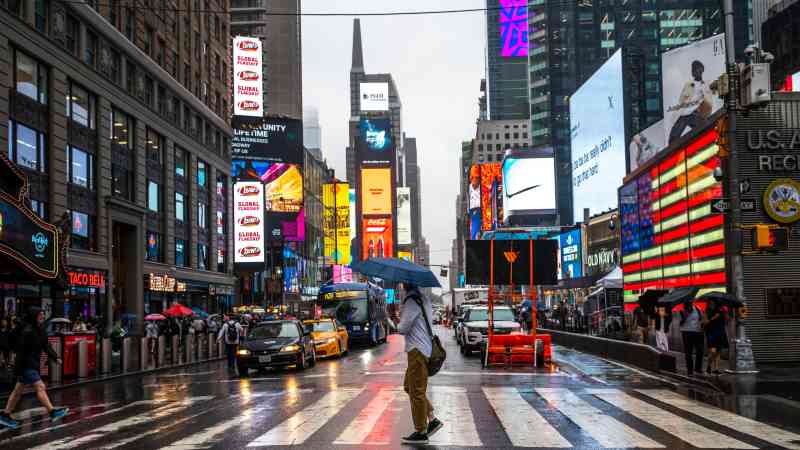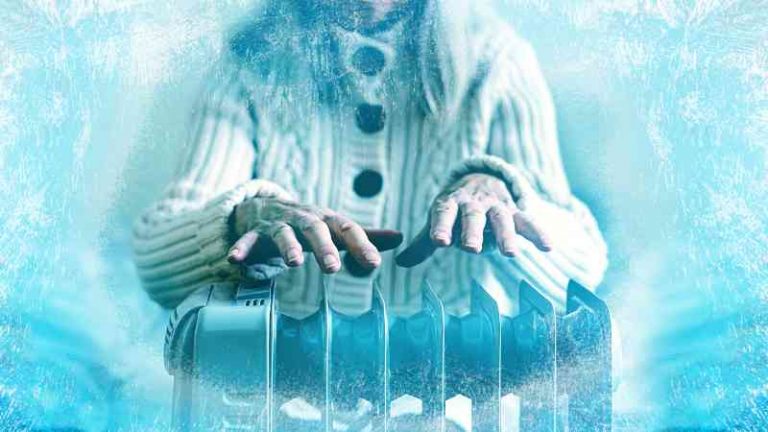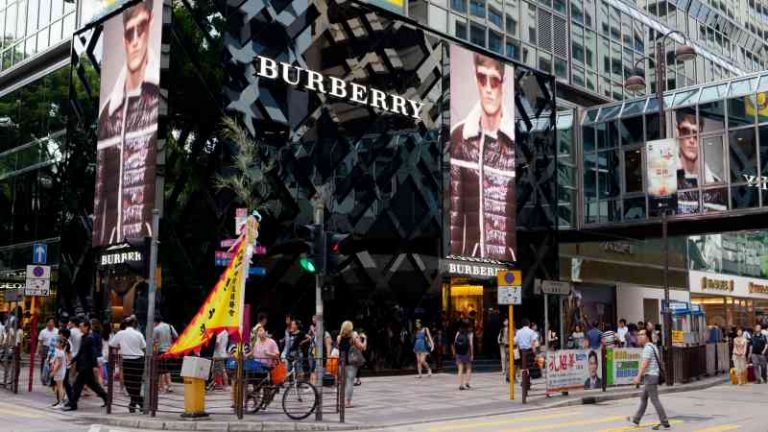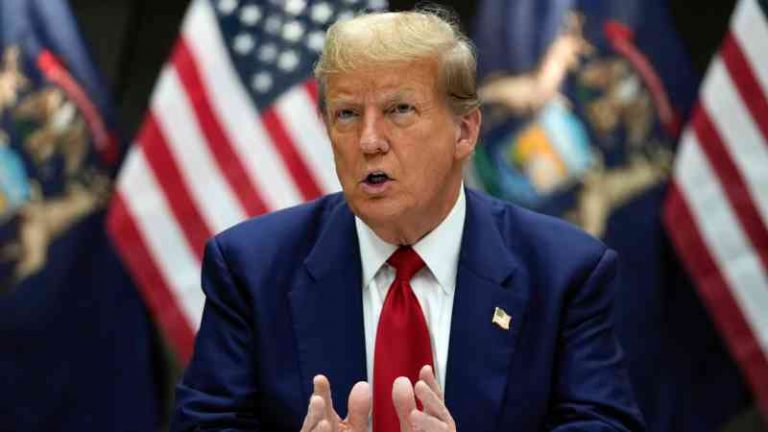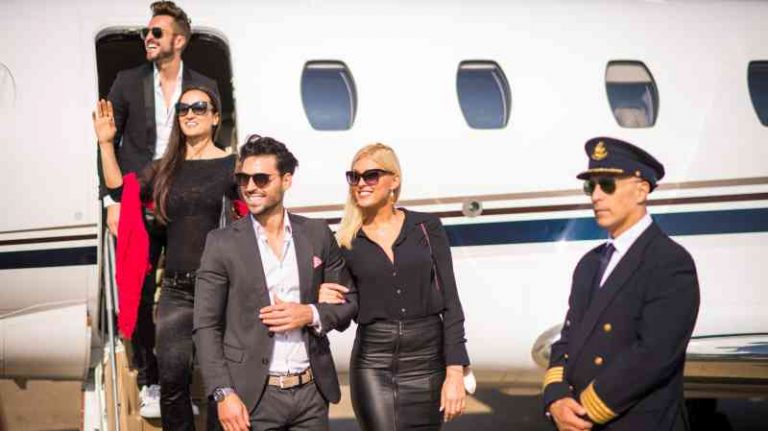State of economy divides America
As the United States heads into one of the most consequential presidential elections in decades, there are questions everywhere and views split starkly down the middle. Should America opt for Kamala Harris, the Democrat and vice-president seen by some as maintaining the status quo? Or will it turn back to Donald Trump, the combative, controversial Republican former president? And as it is with politics, so it is with economics.
There remains an enduring uncertainty about the true state of the world’s largest economy. Is the US on the brink of a recession? Or is it enjoying a benign “soft landing” after two years of raging inflation? Like the race for the White House, the question divides financial markets and economists down the middle.
Both camps have compelling data at their disposal. For the pessimists, the American labour market is in the throes of a prolonged slowdown, with the lowest rate of private sector employment in four years and steadily rising unemployment. For the optimists, the jobs market is being powered by a growing workforce, helped by rising migration, and strong consumer spending, with an economic growth rate of 3 per cent that remains the envy of the rich world.
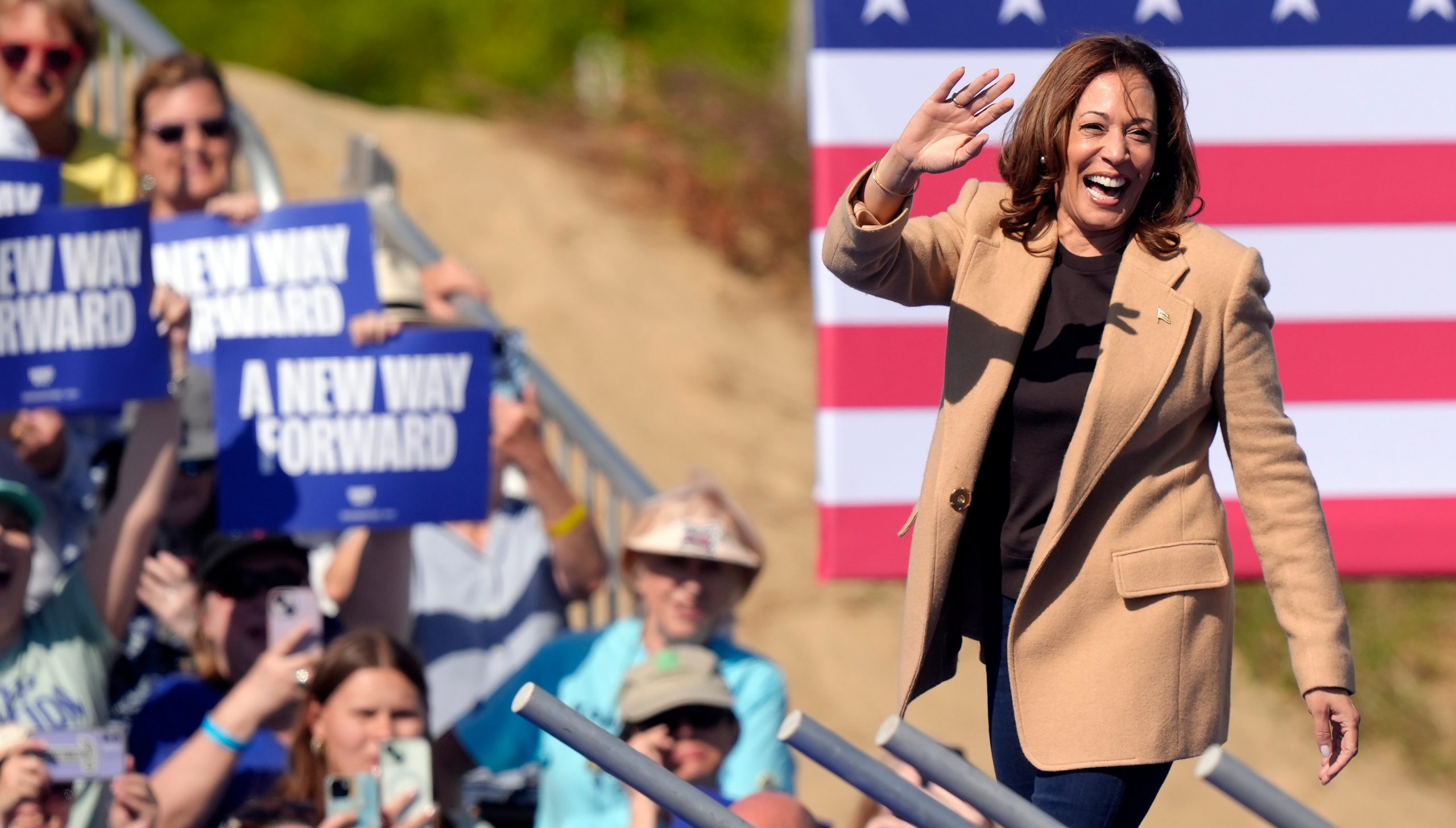
This month’s latest jobs report has done little to bridge the divide. On one hand, the 142,000 rise in payrolls in August was lower than had been forecast and downward revisions wiped off another 86,000 jobs from estimates made in June and July, supporting the case for a big interest rate cut worth half a percentage point this month.
On the other, the unemployment rate fell to 4.2 per cent, partially reversing the jump that sent tremors through global stock markets last month, when the figure rose from 4.1 per cent to 4.3 per cent. It’s little surprise that traders remain evenly split on the chances of a quarter or a half-point interest rate cut after the August jobs report.
Yet the absence of definitive evidence of a jobs-led recession means that the US Federal Reserve “has every incentive to adopt a gradual approach” to cutting interest rates, according to Christophe Boucher, chief investment officer at ABN Amro. “A 50-basis-point cut would imply that the Fed is behind the curve and would add uncertainty to the markets.”
History can be helpful to illuminate whether the US economy is on the brink of a downturn now. In the 13 American recessions since the Second World War, the trouble started when the monthly payrolls figure first turned negative, figures from Deutsche Bank suggest.
Today, although employment is slowing, the labour market is still generating a healthy number of jobs. However, Bill Dudley, a former head of the New York Federal Reserve, argues that this is no reason for complacency. A central bank should not wait for a sharp drop in jobs before it starts cutting interest rates, he said, and there was still a 50 per cent chance of a recession hitting in the next 12 months.
“Just as the Fed was behind the curve in raising interest rates in this cycle, the Fed is now behind the curve in lowering rates to move closer to a neutral policy stance,” he said. “It’s been very hard for the Fed to intervene quickly enough on signs of economic weakness to prevent a fully fledged economic downturn. The only time that the Fed achieved a soft landing in the last 40 years or so was in the mid-1990s.”
Fed policy will play a big role in determining the growth outlook for the jobs market and the broader economy in a key election year, one in which economists and investors are also grappling with potential fiscal and trade policy shifts under a new administration after November.
Both presidential candidates have started to lay out their tax and spending plans, with Trump saying this week that he would introduce a lower 15 per cent corporate tax rate for companies that “solely” made their products in America. He also has promised to extend tax cuts worth $4 trillion for the wealthiest households and businesses, which he introduced in his first term and are due to expire next year.
Harris has said that she will raise the US corporate tax rate from the present 21 per cent to 28 per cent as part of a broader move to target large corporations. This week she said that she also would raise capital gains tax on long-term assets above $1 million a year to 33 per cent, lower than the 44.6 per cent promised by President Biden.
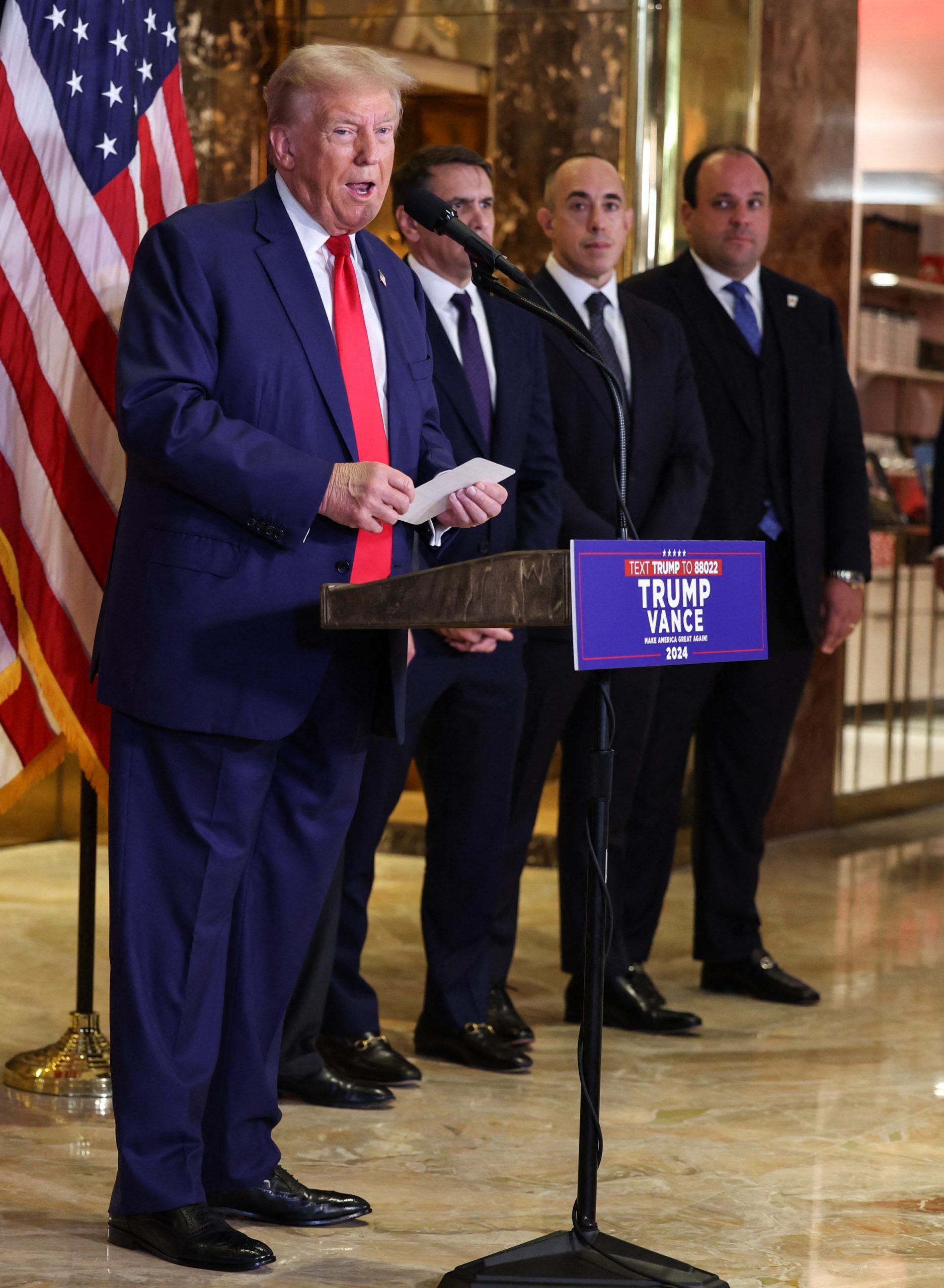
The biggest policy shift proposed by either candidate is Trump’s vow to impose a 60 per cent tariff on all Chinese goods entering the US and a 10 per cent to 20 per cent tariff on all other of America’s trading partners. The protectionist measure would result in a $2,600 after-tax income loss for the average middle-class American household, according to the Peterson Institute, with the largest financial losses suffered by the poorest Americans. The richest 1 per cent of households stand to be the main beneficiaries of Trump’s economic plan, with an average 0.9 per cent boost to their net income from the proposed tax cut extensions, the think tank has claimed.
Jan Hatzius, the chief economist at Goldman Sachs, said a Trump government would result in a hit to economic growth in 2025 of 0.5 percentage points, while Harris’s economic plan would have a “slight boost to GDP growth on average” next year.
“If Trump wins in a sweep or with a divided government, the hit to growth from tariffs and tighter immigration policy would outweigh the positive fiscal impulse,” he said. “If Democrats sweep, new spending and expanded middle-income tax credits would slightly more than offset lower investment due to higher corporate tax rates, resulting in a very slight boost to GDP growth on average over 2025-26. If Harris wins with a divided government, the effects of policy changes would be small and net neutral.”
One key economic issue that both candidates have ignored is the record federal deficit, which is running at 6.3 per cent this year and is unlikely to shrink significantly, given that neither party is promising significant fiscal consolidation under the next administration. For now, debt markets have not honed in on the risks of more fiscal slippage and an ever-widening deficit, with economists warning that the public finances could morph into a serious financial stability risk.
